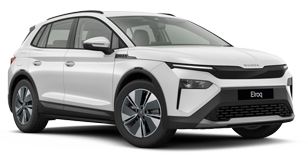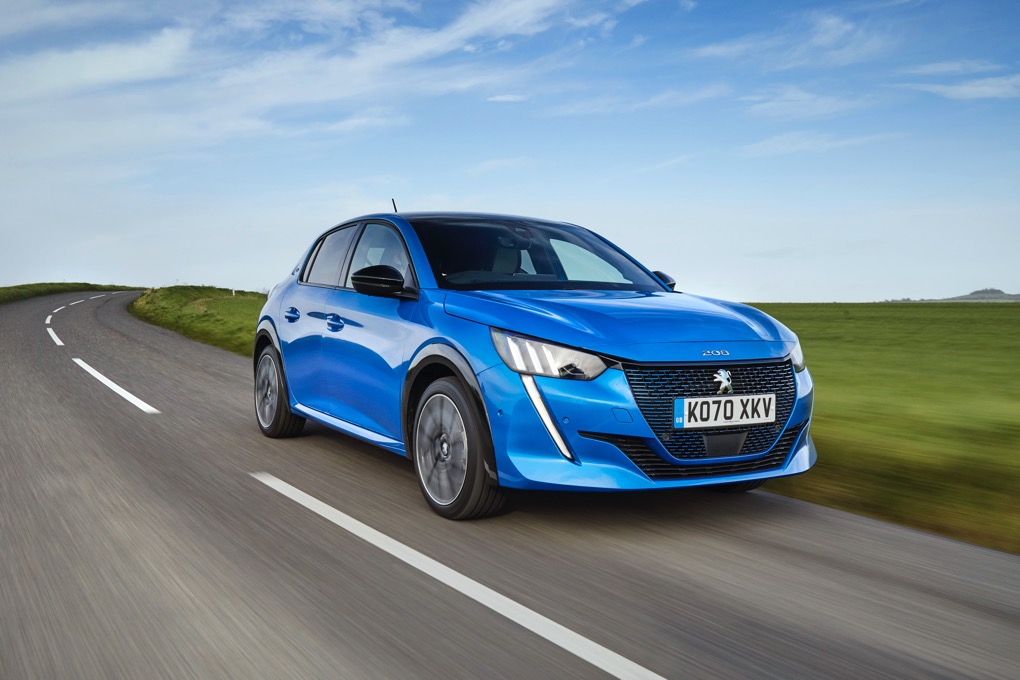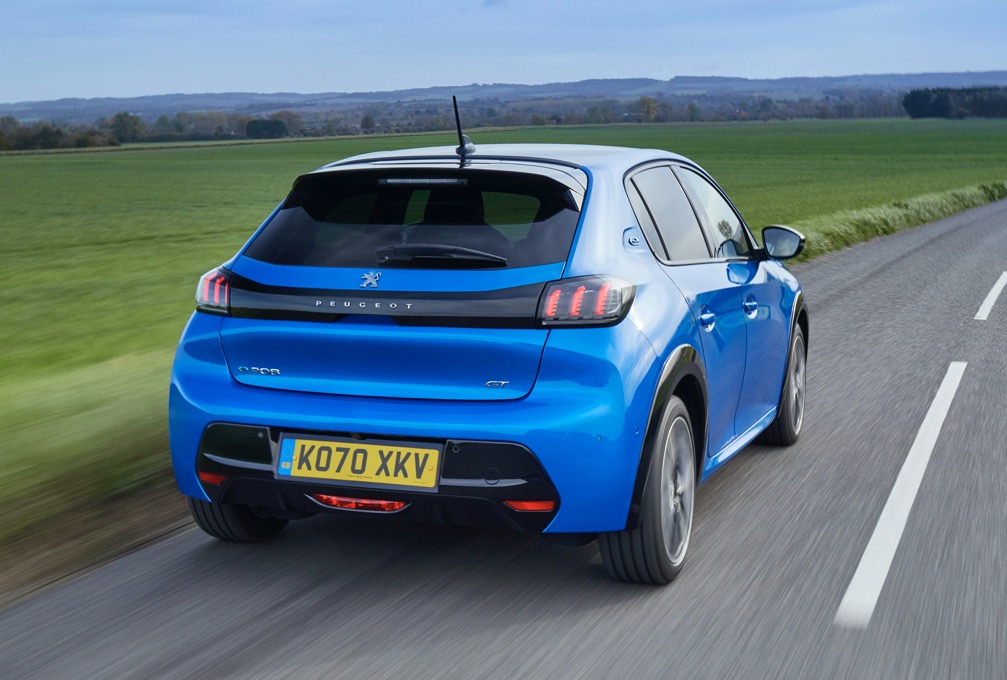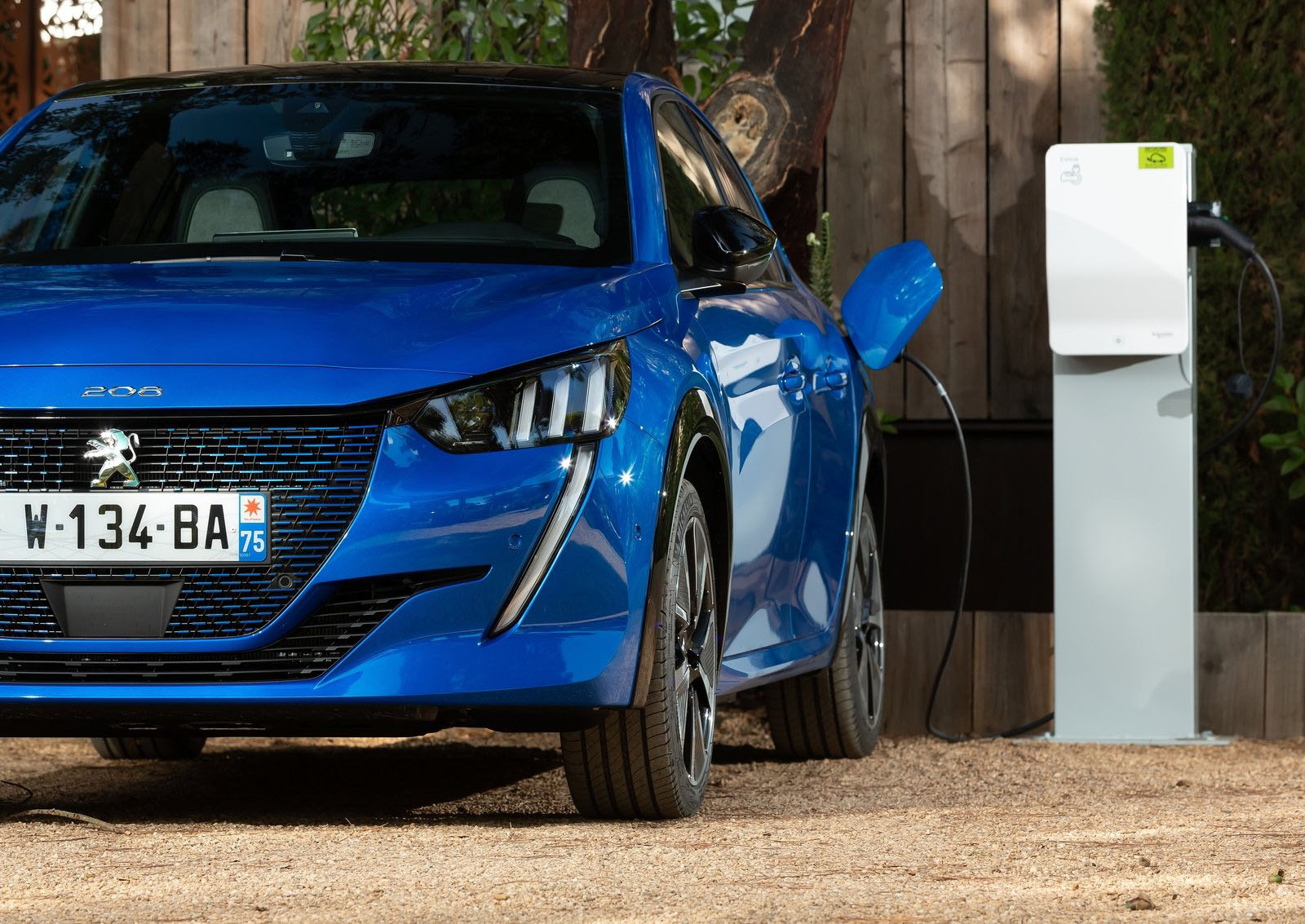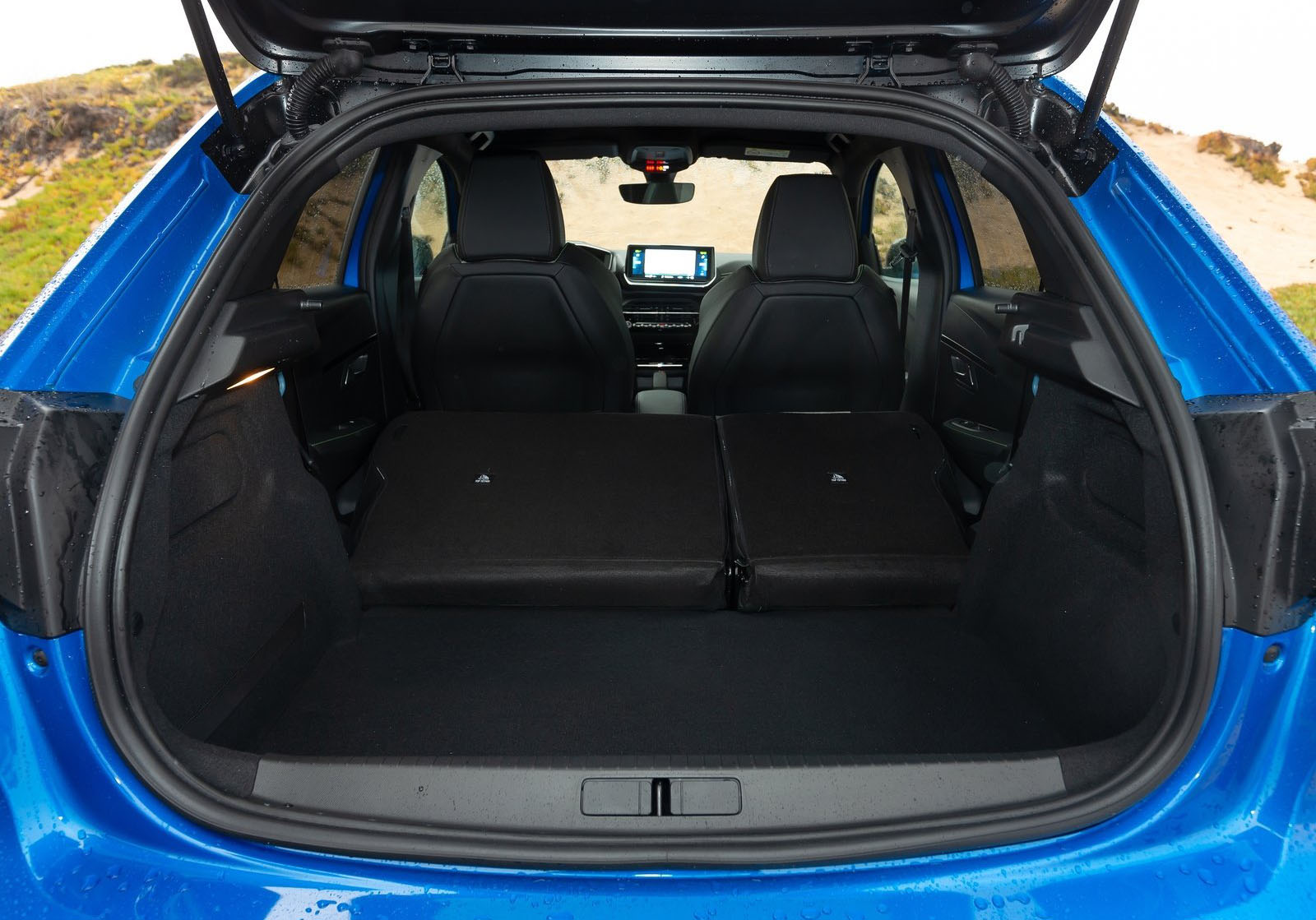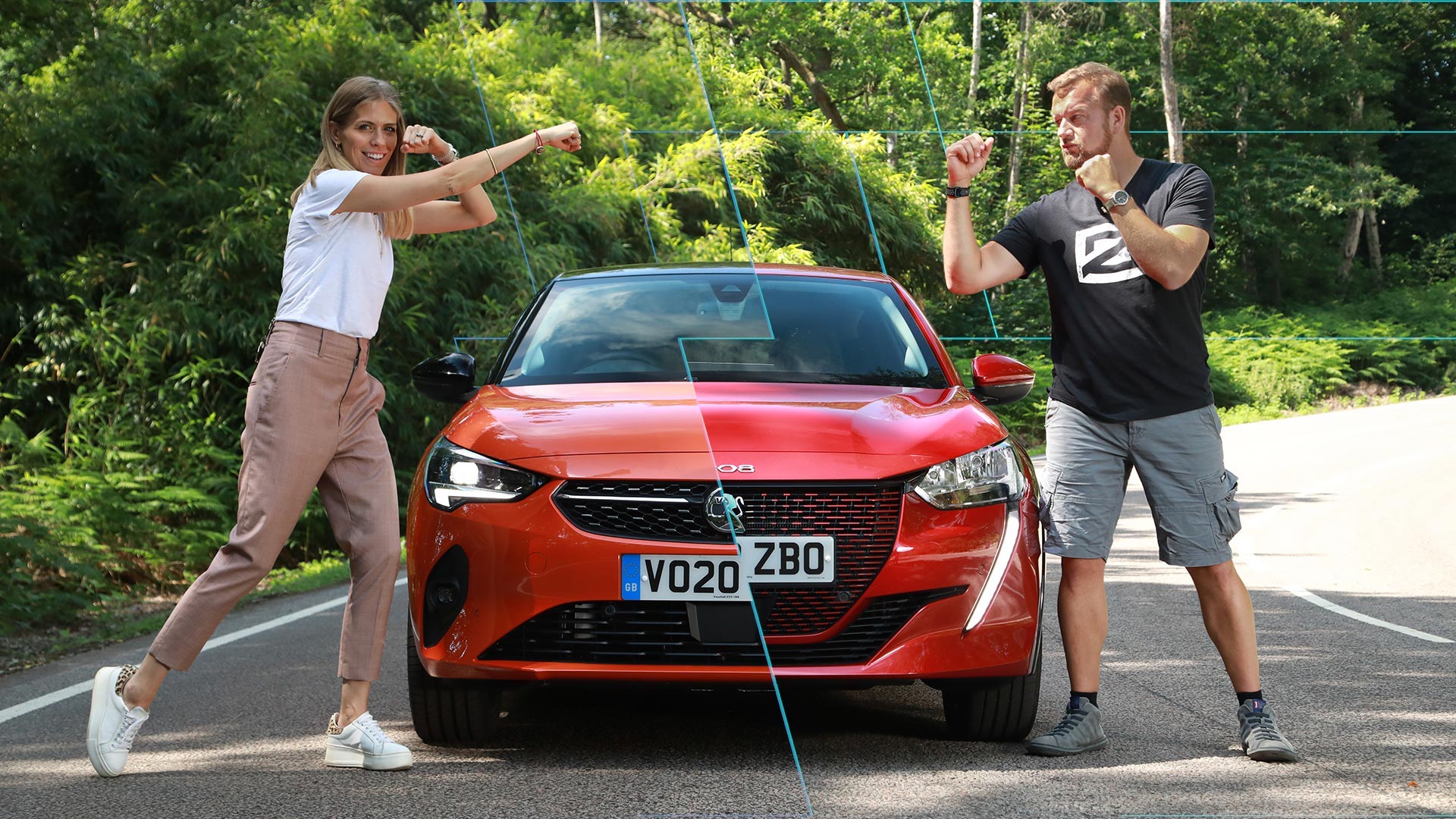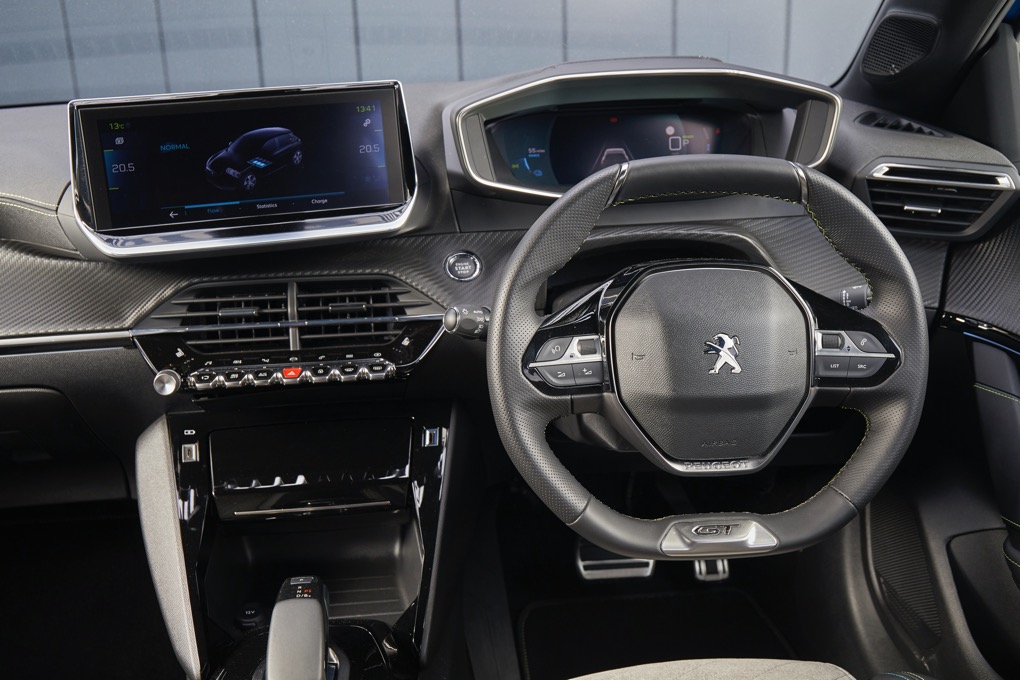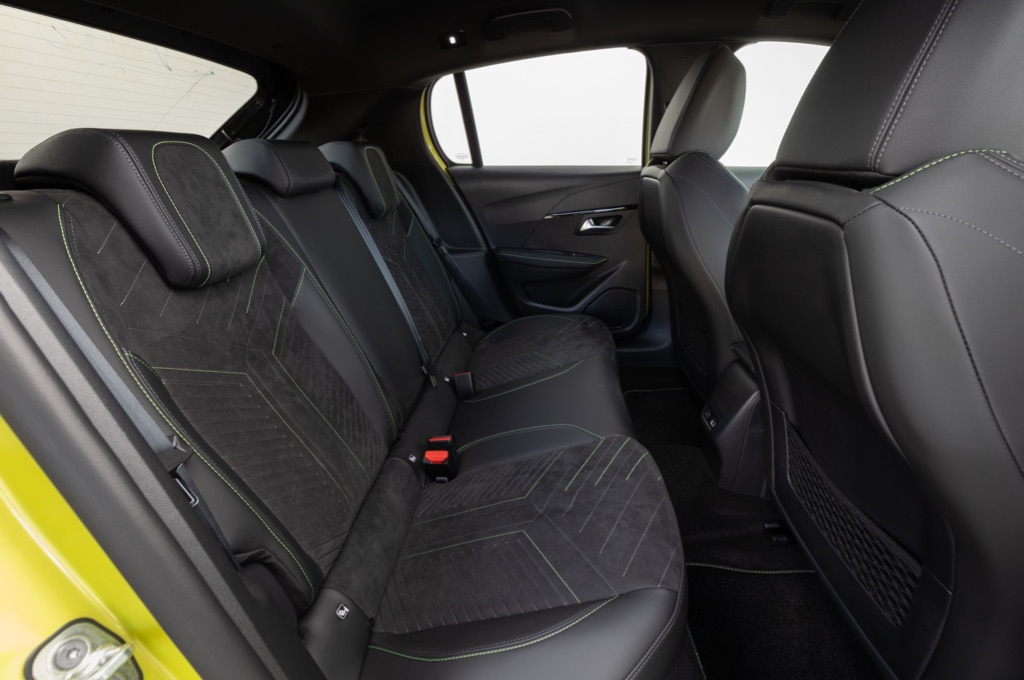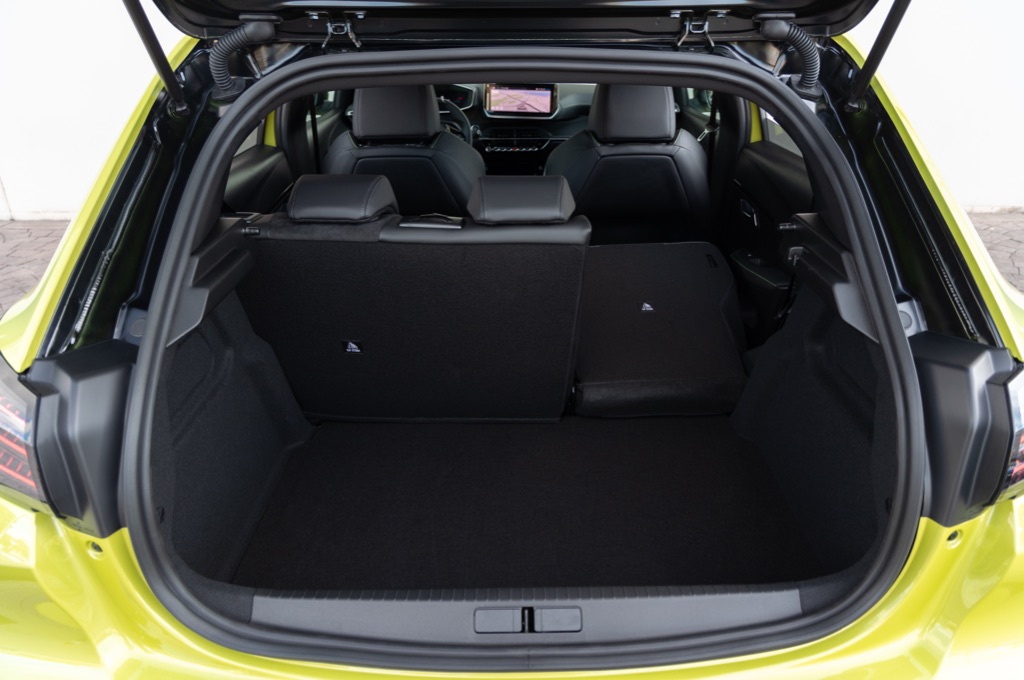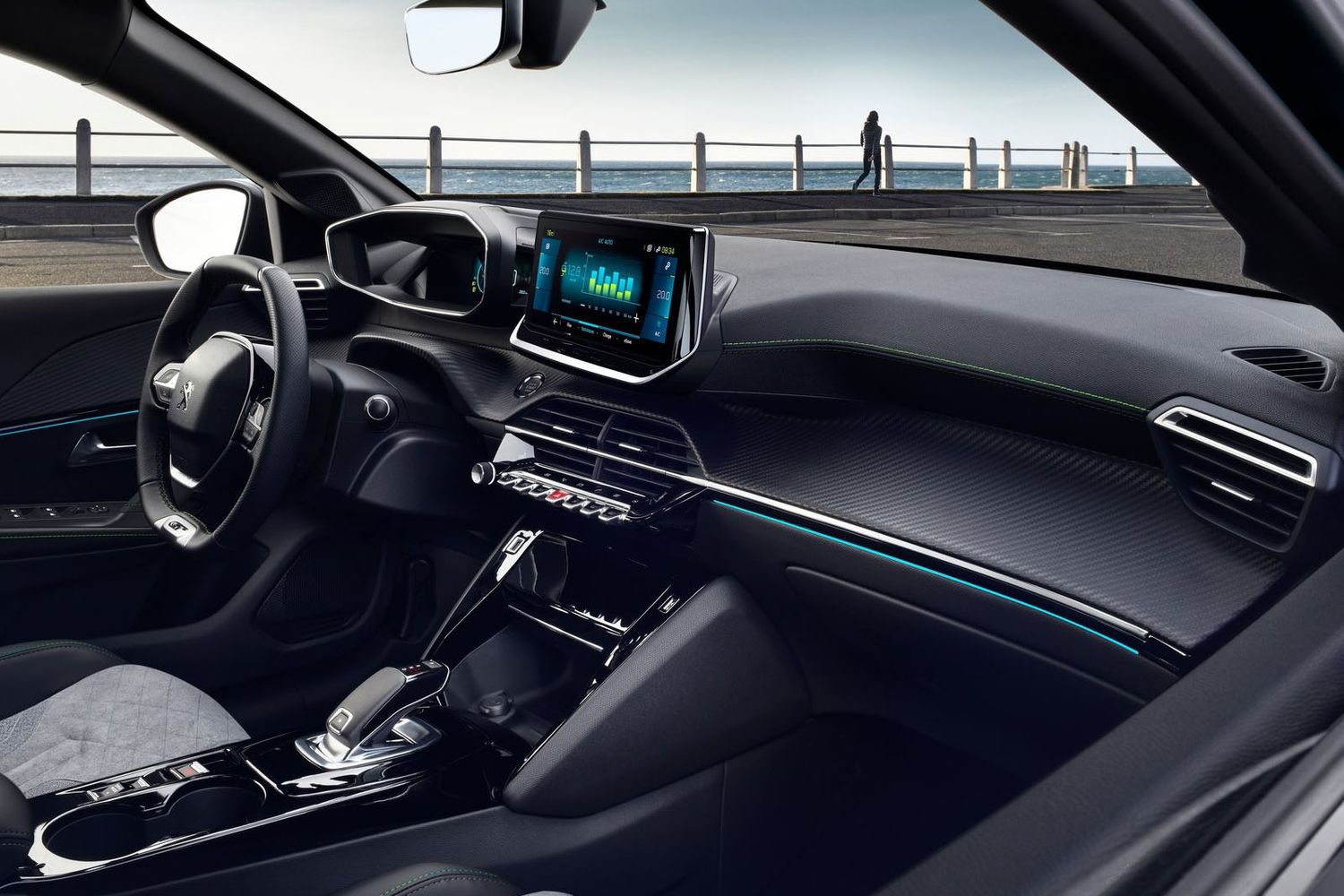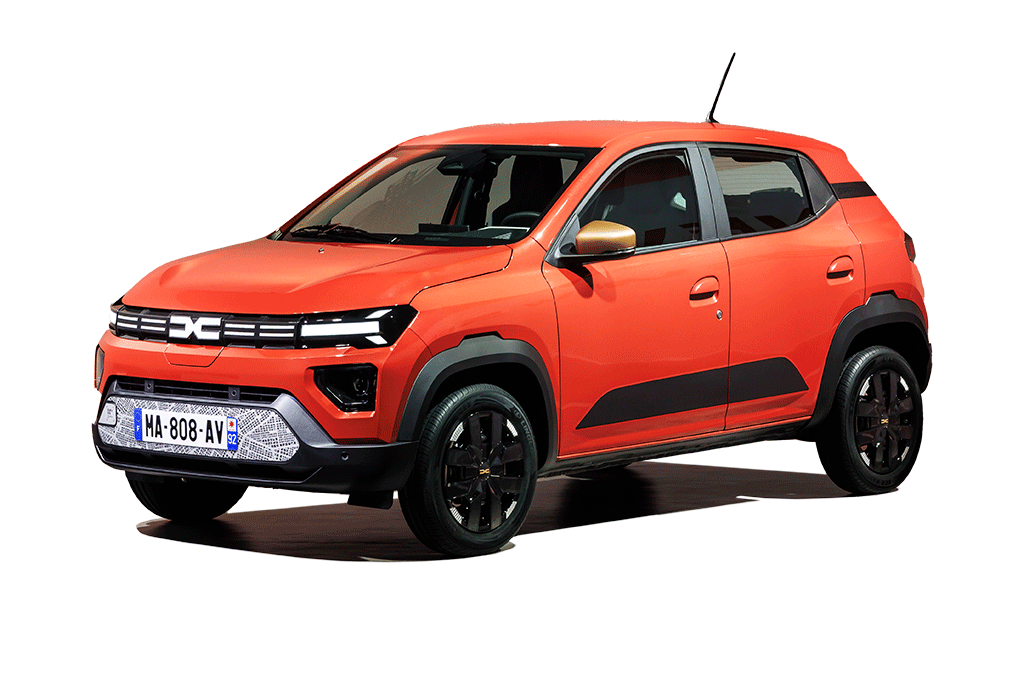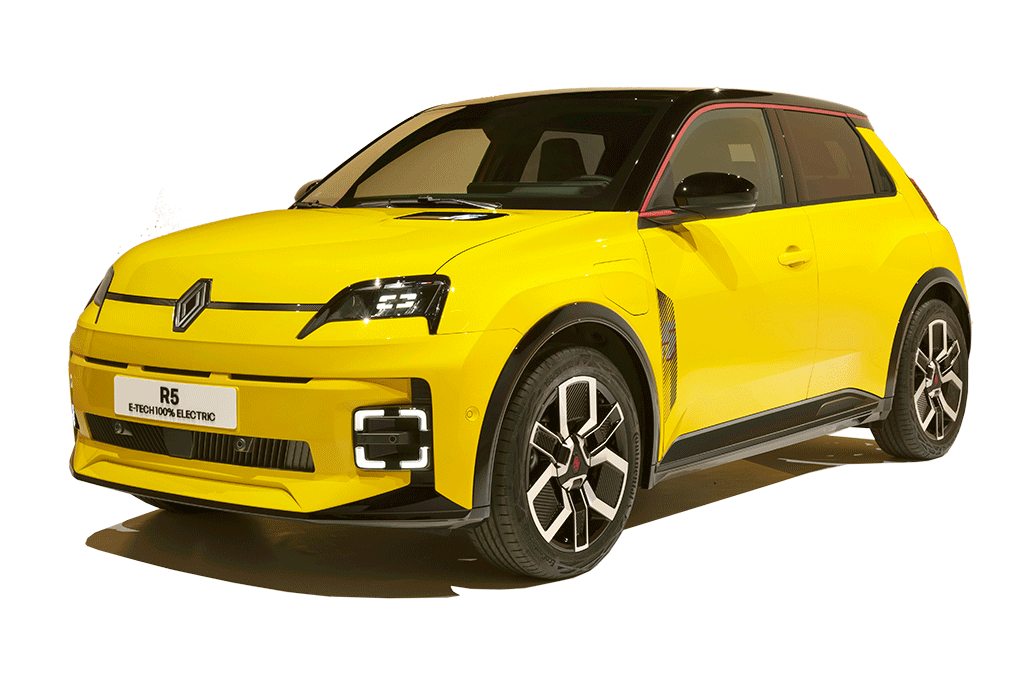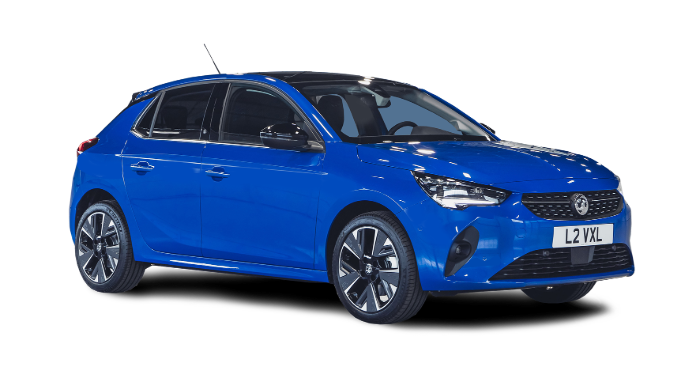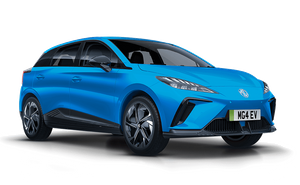Introduction
The Peugeot E-208 is one of our favourite used electric cars; it looks fantastic, it’s fun to drive, it’s decent value and the real-world range is enough to cover most people’s daily needs even with some battery degradation factored in.
It was a popular car, right from when it was introduced in 2019 with a 46.2kWh usable (50kWh total) battery capacity, and a WLTP range of 211 miles. Peugeot has tweaked and updated the E-208 throughout its life, but the major update came in late 2022 when it gained the option of a bigger 50.8kWh (54kWh total capacity) battery for a WLTP range of 254 miles, while a heat pump also became standard on every E-208.
The longer range model also got a touch more power, with 156hp rather than the 136hp of the smaller battery model, although both do 0-62mph in just over 8.0 seconds so you won’t notice a whole lot of difference.
Both these batteries have been available in the E-208 since then, so be careful that you’re buying the version you want.
Further efficiency tweaks, and standard vehicle-to-load (V2L) functionality, was added to the bigger battery Peugeot E-208 as of 2025, extending the WLTP rang up to 267 miles.
If all of these tech details sound quite familiar, that’s probably because the Peugeot E-208 uses the same platform and batteries as the Vauxhall Corsa-e, which has also received similar updates.
What’s the real-world range of a used Peugeot E-208?
The real-world range of the Peugeot E-208 will depend on the usable battery capacity of the car you’re considering.
As new, the earlier, 46kWh model managed around 130- to 190 miles per charge depending on conditions (all electric cars go further in warm weather and slower driving). Some owners have reported particularly bad range in winter, though, so in very bad conditions on a steady motorway run you may even see that drop to 100 miles of range.
Find a used Peugeot E-208 on Electrifying.com
The updated, bigger battery 2022 car improved on real-world range and cold weather efficiency, and would do more like 150- to 210 miles to a charge when new.
Rapid charging peaks at 100kW, which is on a par with most rivals, and will get you an additional 100 miles of range in around 25- to 30 minutes. The Peugeot E-208 uses a Type 2 and CCS charging socket that’s located on the passenger-side rear wing, where you’d normally expect the fuel-filler cap to be on a petrol car. These are the European standard socket types, and will be compatible with almost all public- and home chargers in the UK and Western Europe.
How long will the battery on the Peugeot E-208 last?
Every EV battery will gradually lose performance over time and mileage, and there are no reported concerns over faster-than-usual battery degradation in the E-208, so it’s fair to expect to lose between 1- and 2% of the car’s potential range each year – a little more if it’s rapid charged a lot.
So, if you go for an early Peugeot E-208 with the claimed range of 211 miles, and real-world range of around 130- to 190 miles when new, expect that range to have dropped by some 1.5% per year (or around 3 miles of range per year). So, a five-year old 2020 Peugeot E-208 with average battery degradation would still have a real-world range of roughly 115- to 175 miles depending on conditions and how it’s driven.
The important thing is to always get a battery health check on any used electric car. Most good dealers will offer this, although some may charge a little extra. It doesn’t take long – only 20- to 30 minutes, usually – as it simply involves plugging in a vehicle system checker and laptop, and then they’ll be able to provide a readout detailing the battery’s remaining capacity.
Ultimately, electric cars have been around long enough to show that the batteries often outlive the car itself. Battery faults are vanishingly rare (far rarer than faults with combustion engines), and it is a myth that you’ll need a new battery.
Look after your battery by running it between 20- and 80% in routine everyday use, and only fully charging to 100% for longer journeys. Try to avoid using rapid chargers repeatedly, too, and don’t leave your car plugged in and parked up for days with a full battery as that also doesn’t do its health much good.
One other thing to know about the Peugeot (and its Stellantis stablemates including the Vauxhall Corsa-e, Jeep Avenger, DS3 E-Tense and Citroen e-C4), is that the range readout on the dash isn’t very accurate when the car has plenty of charge. It’s a very optimistic readout, basically. So, if it’s got 100% charge and is telling you it’ll do 220 miles… It won’t. It will suddenly drop very quickly as you head towards 60% battery charge or below, and then will become more accurate thereafter. It’s annoying and not very useful, but you do get used to it, and it doesn’t take long to become familiar with the sort of range you really do get on your routine journeys at different times of the year.
How reliable is a used Peugeot E-208 and what are the common problems?
- The electric Peugeot 208 is generally a dependable vehicle, but some owners report issues with electrical gremlins affecting sensors and the touchscreen system.
- Look at the trim inside the car closely, as loose, rattling trim is one of the more common complaints.
- Cold weather range isn’t a strong point for the E-208 and those other cars that use this E-CMP platform. Some owners found that it would drop to as little as 110 miles on a cold motorway run. Models produced after the 2022 facelift get a heat pump as standard, which should improve cold weather running, but you’d still be wise to plan for low range in very cold conditions.
- Don’t trust the range readout when it’s on a high battery percentage, as it is notoriously optimistic. It will drop quickly and give a more realistic range expectation as the battery charge falls.
Which is the best version to buy?
If you only expect to do shorter trips, or if you are running your used Peugeot E-208 as a second vehicle in the household, then don’t be afraid of the smaller battery cars. They still have more than enough range for many drivers, and will even charge quickly enough to be used on the occasional longer journey without too much hassle if you don’t mind stopping every couple of hours. They’re also good value for such a modern, capable little car.
If you do expect to do longer trips, then try to stretch to the post-2022 updated car with the bigger battery as it will make a difference to efficiency and real-world range. Or, consider an older, longer range car such as the VW ID.3, MG4, Kia e-Niro or Hyundai Kona; they’re bigger than the Peugeot, but all are under 4.4-metres long so are still relatively compact hatchbacks. They’re also decent value and will be more convenient for anyone expecting to regularly do longer distances.
Every Peugeot E-208 gets decent equipment levels. Entry-level Active comes with 16in alloy wheels, a 7.0in touchscreen and rear parking sensors, but they’re not common and we’d recommend going for a higher spec, anyway. Allure is the sweet spot for balance of comfort and cost. It get 17-inch alloys wheels, various style upgrades inside- and out, as well as wireless phone charging – and you could add a 10-inch touchscreen instead of the standard 7-inch version, which is worth getting if you can as it is a nicer system to use.
GT Line adds front parking sensors and a rear-view camera. The 2022 facelift added an E-Style trim that’s only available with the 136ps motor and smaller battery, but it adds 16in alloy wheels, front parking sensors and some extra styling details so that it’s better equipped than Active but not quite as plush as our pick of the lot – the Peugeot E-208 Allure.
How long is the warranty on the Peugeot E-208?
The Peugeot E-208 gets a three year, 60,000 mile warranty that covers the car. The high voltage battery is covered for eight years and 100,000 miles, and Peugeot promises to refurbish or replace the battery if it drops below 70% of the as-new performance.
What are the ownership and running costs of a Peugeot E-208?
The electric 208 will be a cheap car to own and run. Insurance is cheap, tyres are inexpensive, and it’s reasonably efficient (even if a BMW i3 or Kia e-Niro will use a bit less electricity per mile). If you can charge at home then you’ll be paying roughly half the price of putting petrol in a comparable small ICE hatchback. Use cheap overnight tariffs and you could cut that even more.
Public charging is much more expensive, and can vary drastically from 40p per kWh to over 90p per kWh – as much as ten times what you’re paying to charge from home.
What other cars should I consider?
If you’re considering a used Peugeot E-208, do have a look at the Vauxhall Corsa-e, which shares the Peugeot’s batteries and platform, so offers the same real-world range and practicality at a similar price. The Vauxhall isn’t as great to look at, and is a touch less sporty to drive, but it also has a more sensible and user-friendly infotainment and dash layout.
The BMW i3 is also a firm favourite of ours for its avantgarde design, fun dynamics and gorgeous interior. If it’s just a sensible, low-cost electric hatchback that you want, then the Renault Zoe is a very solid option and there are loads of used examples to choose from. Don’t discount the brilliant little Honda e if you only need a short-range car; it’s a fantastic urban EV that didn’t sell well because of its small battery and limiting range, and is now a brilliant used buy if you’ve the lifestyle to suit it.
Bigger (but not too big) used hatchbacks like the Citroen e-C4, VW ID.3, Kia e-Niro and MG4 are well worth considering, too.
Like the idea of a used Peugeot E-208? Try these...
Want all the latest electric car news, reviews and videos? Sign up to the Electrifying newsletter, and don't forget to check out the Electrifying podcast.





